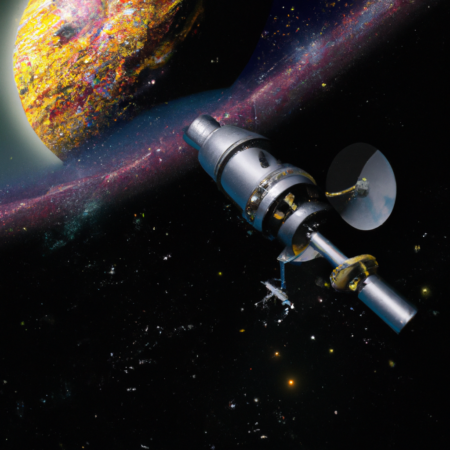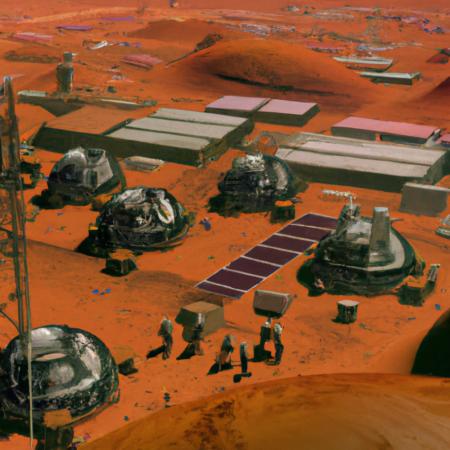Exploring the Exoplanets: A 2025 Vision of Alien Worlds
As we venture further into the second quarter of 2025, the science of exoplanet discovery and analysis has reached new heights. The recent advancements in space technology and data analysis have allowed astronomers to not only discover new exoplanets but also to characterize their atmospheres and potential habitability in unprecedented detail.
Breakthroughs in Exoplanet Research
The integration of AI with telescopic data has revolutionized the way we study distant worlds. New algorithms can now predict atmospheric compositions and weather patterns of exoplanets, providing insights into their climate systems and potential to support life.
Technological Advancements
2025 also saw the deployment of the next-generation space telescopes, equipped with ultra-sensitive detectors and wider field of view. These instruments have been pivotal in detecting faint signals from other galaxies, further expanding our cosmic horizons.
The Role of International Collaboration
Global space agencies have united their efforts in sharing data and resources, fostering a new era of international cooperation in space exploration. This collaboration has been crucial in pooling technologies and expertise, leading to more efficient and comprehensive space missions.
Looking to the Future
With projects like the Lunar Gateway and Mars Base Camp progressing, the focus on exoplanets enriches our understanding of space as a habitat and brings us one step closer to becoming a multi-planetary species.
Conclusion
The quest for knowledge about exoplanets in 2025 continues to inspire both scientific communities and the public. As we uncover more about these distant worlds, we pave the way for future explorations that could one day answer the age-old question: are we alone in the universe?






